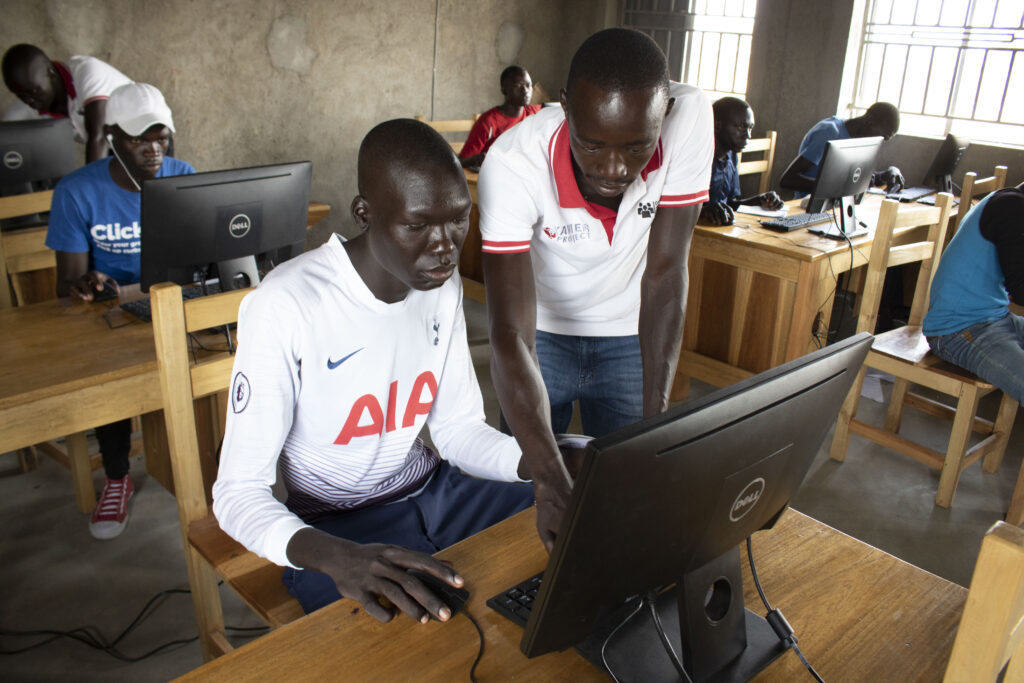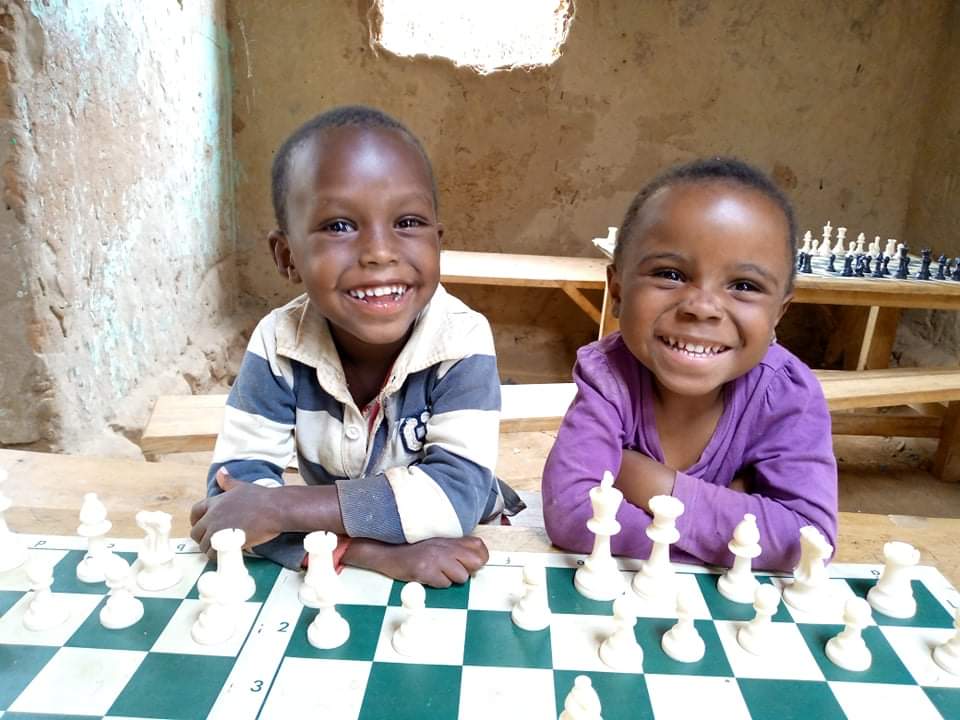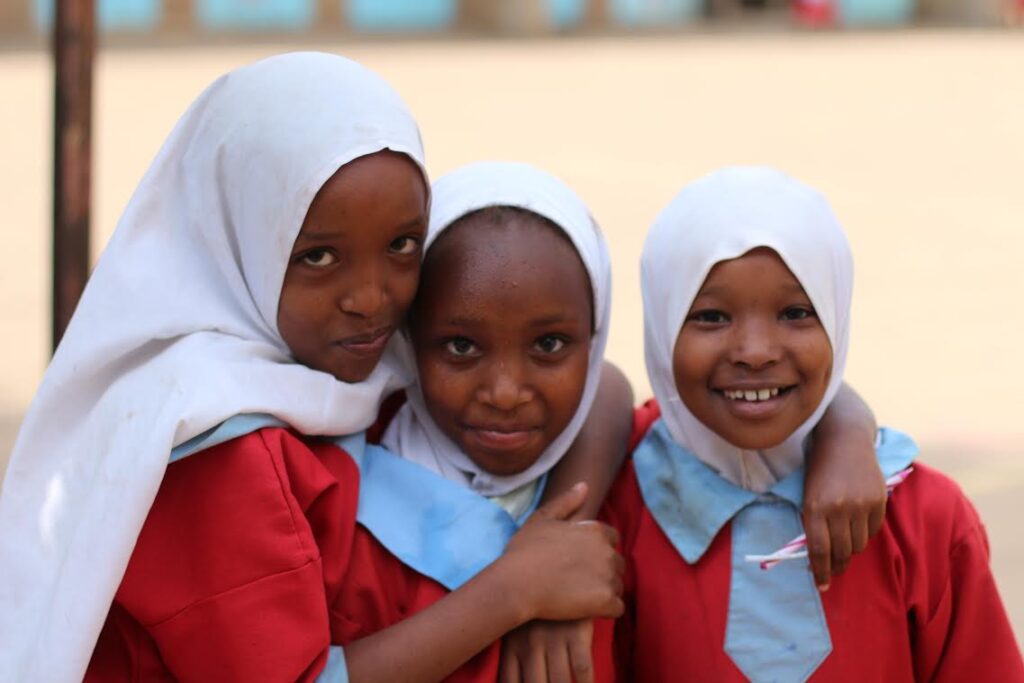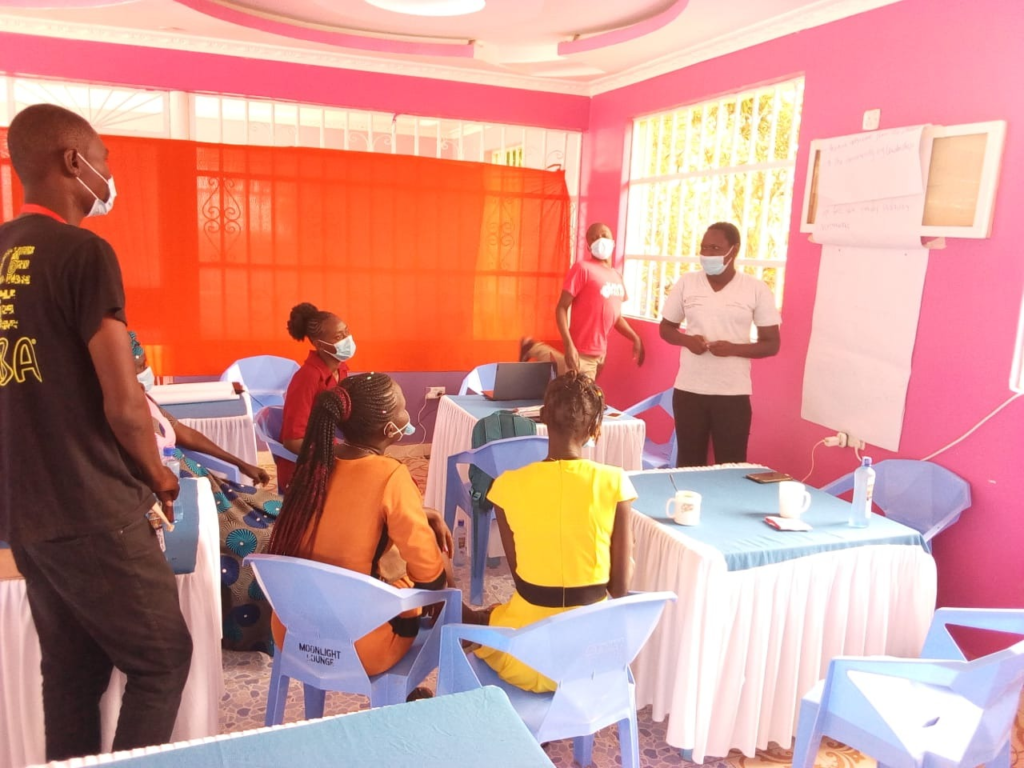In 2019, I visited the Solidarity Initiative for Refugees (SIR), a refugee-led organisation in Kakuma-3 specialising in delivering ICT programs to refugee community members. Their main objective then was to have a youth population that was computer literate and a positive outlook towards life. I had a chat with their founder, Bahana Hydrogene, who shared their long-term plan of building partnerships that would allow youths at their centre to earn a decent living through ICT programs, and online jobs.
The major challenge they faced was that their various donor supporters did not design development programmes with their local inputs. Granted flexible funding and resources, SIR had it in their plans to build a living lab where the youth could go and do online jobs, learn about coding, and even get their ideas and projects funded. These will help in changing the global perception of Kakuma from a vulnerable refugee camp to a “Silicon Valley” of sorts where people are inspired to come up with global solutions to their societal problems.
I also got the opportunity to learn more about another one of our refugee-led partners, Resilience Action International (RAI). Their growth story from a self-help group to a national refugee-led organisation is phenomenal. Through their hard work and determination, RAI has expanded its activities to include programmes and operations from Kenya (Kakuma Refugee Camp) to Tanzania (Nyarugusu Camp). Unfortunately, they have also been victims of the same systematic exclusion in promoting the sustainable development of their local communities. They aim to see a society where vulnerable youth and women in their community access sustainable livelihoods through vocational skills and financial literacy. They champion this by delivering free training opportunities. To make their programmes more sustainable, RAI plans to establish a garment manufacturing company to create employment opportunities for their talented students. These will also create a sustainable revenue stream to support their community projects.
From the above, it is evident that donor fatigue in the humanitarian sector has forced various humanitarian actors over the years to ensure that their field projects are more sustainable. Which is a good thing from a localisation perspective as it places the locally grown refugee-led organisations at the centre of all their development interventions. When major development institutions adopt this approach, we may be creating sustainable communities and smooth integration between refugees and their hosts.
Xavier Project has been at the forefront of these localisation efforts with a growing number of refugee and host community-led partners. We intend to strengthen their capacities in running community-owned projects and social enterprises to boost their sustainability. That way, these refugee-led institutions can afford to cover their organisational costs and implement community projects designed for and by the community members for their benefit.
Please follow us on our social media platforms for the latest updates.




